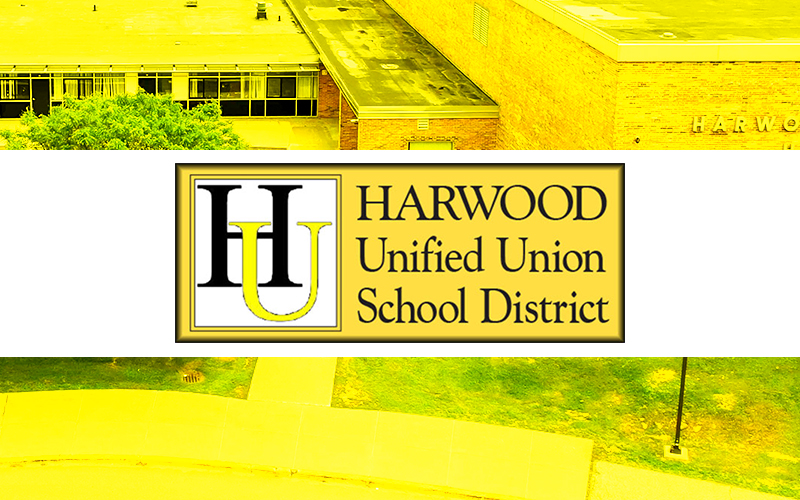On January 13, the Harwood Unified Union School District (HUUSD) board approved a new annual budget of $40,390,158. The budget passed in a weighted vote of 51.25% to 26.40% with seven board members voting in favor of the new budget, three voting against it, and three abstaining. This budget is $638,217, or 1.61%, more than last year’s budget of $39,751,941, despite several cost-saving measures, including allocating $600,000 from the Fiscal Year 2020 surplus to offset operating expenses.
At the meeting, HUUSD finance director Michelle Baker showed that this budget could have been much higher if it weren’t for several significant cost-offsetting decisions made by the administration. First, in designing this budget, Baker decided to use $203,550 of a $594,046 Health Reimbursement Arrangement (HRA) reserve to offset health care costs for the school district.
Second, the district will save $153,000 by removing two proposed teacher positions: a teacher at Fayston Elementary School (FES) and a kindergarten teacher at Moretown Elementary School (MES). “They’ve been on the cusp of needing two kindergartens for several years,” said Baker about MES. While the class sizes in these schools are large, the administration feels it can get by without hiring more teachers for another year.
Despite these significant cost-saving measures, the budget is still higher than last year’s, partly as a result of school board decisions and partly due to factors outside of the board’s control. For instance, some decisions made by the board this year include the reinstitution of $80,000 worth of professional development funds for teachers. The board cut this fund last year in a last-minute attempt to reduce the total expenses of the school budget.
This year’s budget also includes $36,000 of consulting fees for anti-racism training in the district. Moreover, the board will spend $50,000 on design consultations for Harwood Union High School (HUHS), which needs massive renovations on the roof, in the gym, in some classrooms and even on the outdoor track and other sports facilities.
In terms of costs outside of the board’s control, Baker pointed out that the number of equalized pupils in the district has declined over the past three years (equalized pupils are calculated by putting different “weights” on each student depending on grade level, poverty and other factors in order to determine how much each school is allowed to spend on its student body). In other words, enrollment is declining, driving costs up for all taxpayers.
“When your budget goes up and equalized pupils go down, that affects your cost per pupil. Our cost per pupil has increased by 3%,” said Baker.
“Then we move into the CLA, which is not a good picture,” said Baker, speaking of the Common Level of Appraisal, an education tax calculation method that links the amount of tax one pays to each town’s current appraisals versus fair market value. “Property values are going up in each town,” said Baker.
Before voting to pass the budget, several board members shared their thoughts. “This is unfortunately a great example of how little control we have,” said Theresa Membrino, Fayston. “With the pandemic happening and so many people buying houses in Vermont, everybody’s house values have gone up. We can’t do anything about that. It’s just heartbreaking to see how little control we as a local school board have over how this formula works.”
Board member Alex Thomsen, Waterbury, had a different perspective. “While there is much that is out of our control with this budget, there is a lot that is within our control as a board that we have chosen not to do, including merging the middle schools and moving towards a school closure. So, I don’t think we can abdicate responsibility completely,” she said. “I’m sad that we have to ask our community to bear the cost of a budget that could have been lower and that we weren’t able to do that sooner.”







